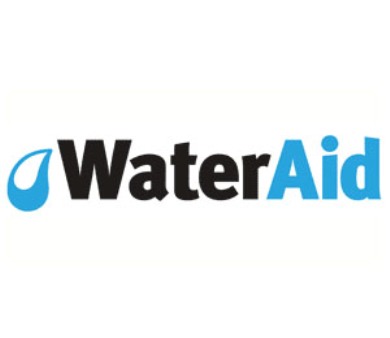
WaterAid Ghana, has called on the government to keep its promise to deliver universal access to sanitation.
This followed new analysis in ‘WaterAid’s Overflowing Cities’, which ranked Ghana among the top 50 countries globally for having the greatest percentage of urban dwellers living without safe, private toilets.
A statement issued by WaterAid Ghana to mark World Toilet Day, which fell on November 19, said, the report highlighted the challenges facing 700 million urban dwellers around the world living without sanitation.“The State of the World’s Toilets report looks at the problem of urban sanitation and the health threats to our world, as the UN predicts by 2050 two-thirds of the global population will live in towns and cities.”
Despite progress, about 80 per cent of Ghana’s urban population had no access to a toilet, meaning many have no choice but to defecate in the open using roadsides, railway tracks and even plastic bags dubbed: “flying toilets.”
It said the high population density of urban areas means that diseases spread fast in the absence of good sanitation.
“One child dies every two minutes from diarrheal diseases caused by dirty water, poor sanitation and hygiene.
“Globally 159 million children under five have their physical and cognitive development stunted; many of such cases are caused from repeated bouts of diarrhoea attributed to dirty water, poor sanitation and lack of hygiene,” it added.
Among the other findings India, the world’s fastest growing economy, ranks top for having the greatest number of urbanites living without a safe, private toilet— 157 million.
It is also a world leader in having the most urban dwellers practising open defecation— 41 million.
It said War-ravaged South Sudan, the world’s newest nation, is the worst country in the world for urban sanitation by percentage. 84 percent of urbanites have no access to a toilet and every other urban-dweller there practises open defecation.
It indicated that Africa’s biggest economy, Nigeria, is falling furthest behind in reaching its urban population with a toilet. For every urban-dweller reached with sanitation since 2000, two were added to the number living without, an increase of 31 million people in the past 15 years.
According to the report fast-growing China is making the most progress in reaching its urban population with sanitation.
It said China managed to build toilets faster than the pace of new arrivals, reaching 329 million people since 2000, and outpacing population growth by 9 million.
The Country Director of WaterAid Ghana Abdul-Nashiru Mohammed said: “For the first time in history, more than half of the world’s population lives in towns and cities. By 2050, that’s expected to rise to two-thirds.”
“But for many, particularly the poor, they’re arriving or being born in overcrowded and rapidly expanding slums which lack safe, private toilets and clean water sources.
“Diseases like cholera or Ebola can spread further and faster without sanitation and hygiene practices to block their path and an outbreak found in a slum can quickly become a citywide, national or international epidemic.
“This World Toilet Day, we are calling on national leaders to deliver on their promises to meet the UN’s Global Goal 6 to bring water and sanitation to all, because everyone – no matter where they live – deserves affordable access to these life essentials.”
WaterAid’s latest ‘State of World’s Toilets’ report has exposed a number of countries for failing to make progress in providing urban sanitation, despite their rapid economic growth.
It noted that often politicians prefer to invest in roads and other visible infrastructure and neglect the dirty issue of sanitation; but good sanitation is the bedrock of public health.
It said every town and city in the world needs to prioritise providing safe sanitation services to all the population in order to create a healthier, more sustainable future.
–
Source: GNA
Read Full Story





















Facebook
Twitter
Pinterest
Instagram
Google+
YouTube
LinkedIn
RSS